In a concerning incident, two pilots of an Indonesian Batik Air flight were found to have fallen asleep while operating a commercial aircraft carrying more than 150 people.
The pilots lost contact with air traffic control for 28 minutes, causing alarm and raising significant safety concerns.
Pilot Fatigue: A Risk to Safety
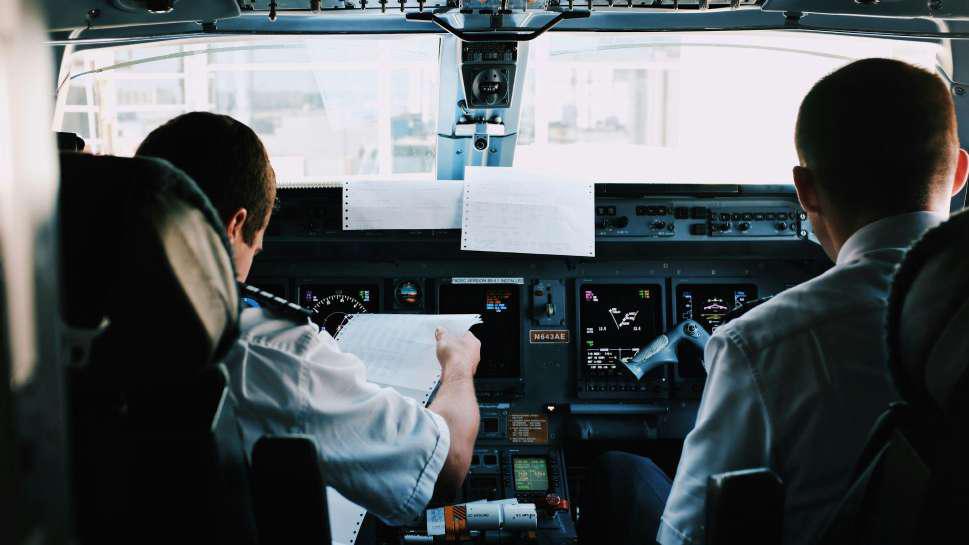
The pilots involved in the incident have been temporarily suspended as authorities delve into how such a lapse occurred during the flight from Sulawesi to Jakarta.
The serious nature of this incident has brought attention to pilot fatigue, a factor that can significantly compromise flight safety. Ensuring pilots are well-rested is not just a policy but a fundamental safety requirement.
Balancing Personal Responsibilities and Professional Duties

The report highlighted that one pilot was particularly fatigued due to personal commitments, including caring for newborn twins.
The commanding pilot, a 32-year-old with around 6,300 hours of flying experience, demonstrated understanding towards his colleague’s situation by allowing the secondary pilot to rest during the flight.
Unplanned Slumber at High Altitude
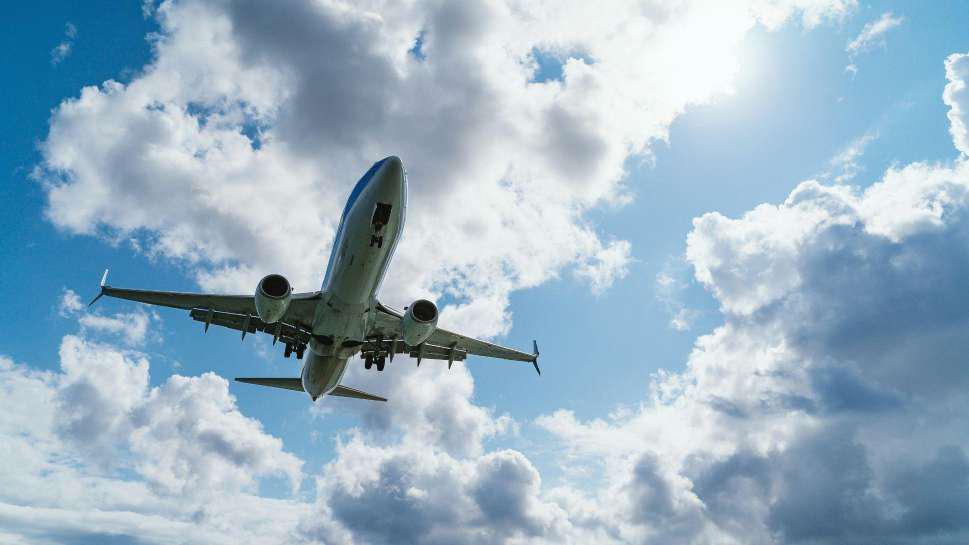
During the return flight to Jakarta, a miscommunication or misunderstanding led to both pilots falling asleep simultaneously, putting the aircraft in an unmonitored state while flying at 36,000 feet.
This lapse resulted in a deviation from the planned flight path, emphasizing the critical importance of alertness in aviation.
The Critical Period of Silence
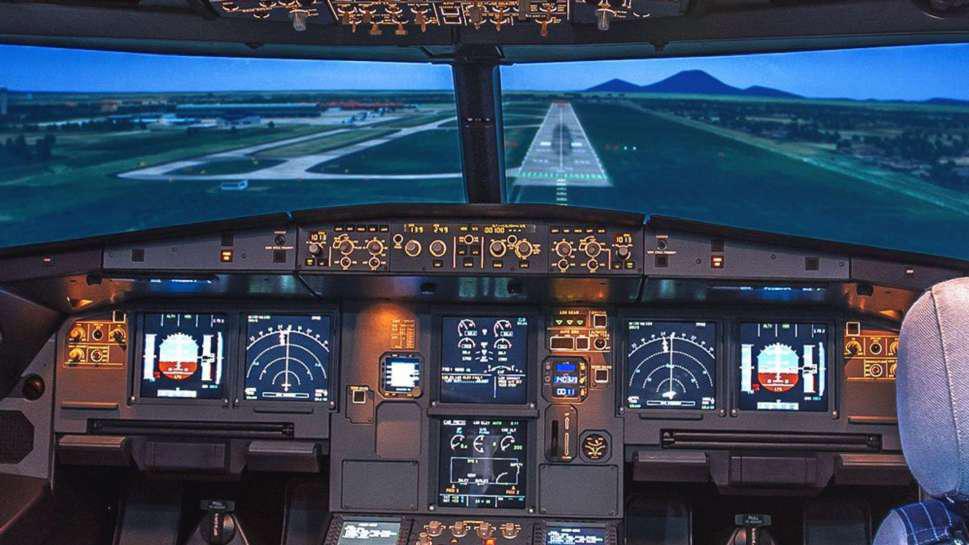
For 28 minutes, Jakarta air traffic control was unable to establish contact with the Batik Air A320, a situation fraught with potential risk.
This period of silence is a stark reminder of the importance of continuous communication and vigilance in maintaining flight safety.
Ensuring a Safe Landing
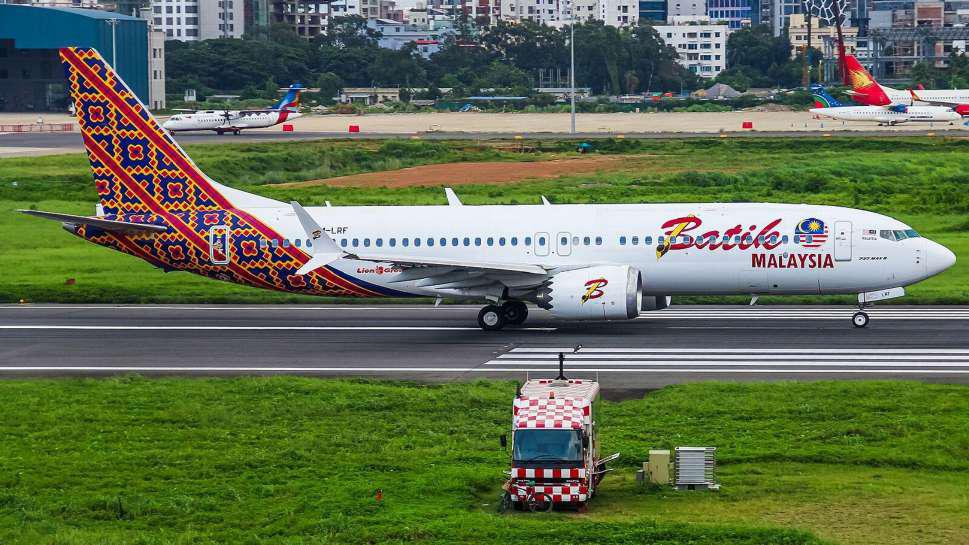
Upon awakening and realizing the situation, the pilots promptly responded to air traffic control and corrected their course to ensure the safe completion of the flight.
Their ability to recover and secure a safe landing prevented what could have been a more serious outcome.
Evaluating Fitness to Fly
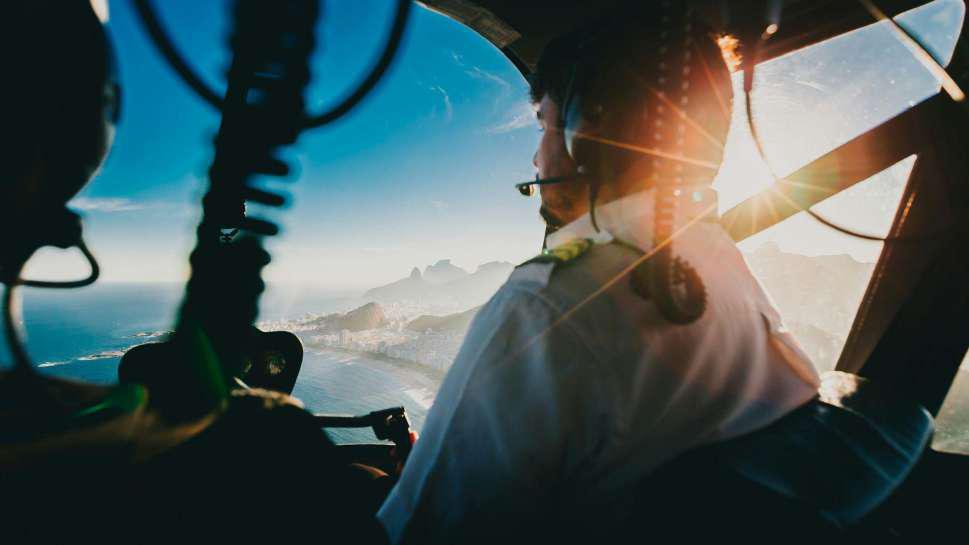
Prior to the flight, medical tests confirmed that both pilots were in good health, with normal blood pressure and heart rate, and no presence of alcohol.
However, this incident raises questions about the adequacy of current health assessments to detect fatigue and ensure pilots are genuinely fit for duty.
A Previous Incident and Ongoing Scrutiny
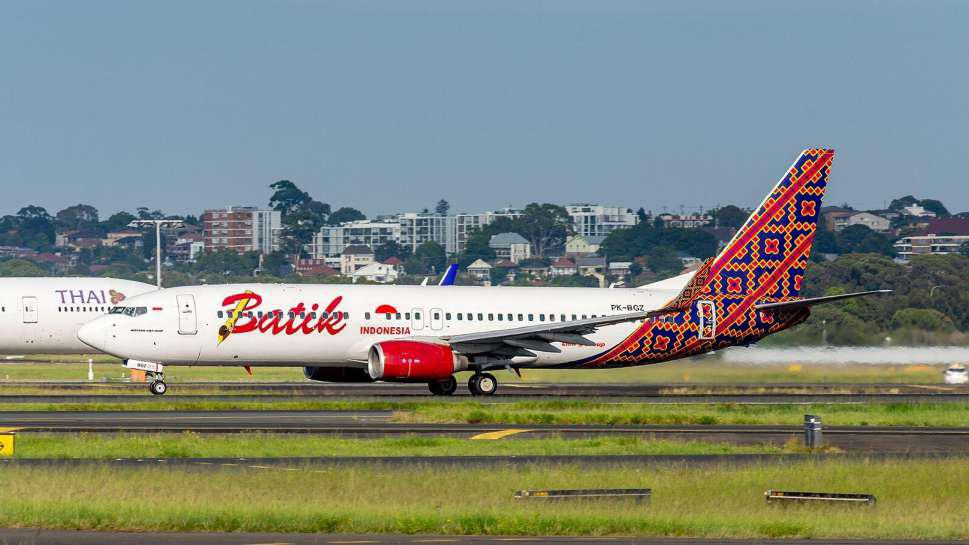
This is not the first time Batik Air has been under scrutiny for pilot-related incidents.
In 2019, a similar situation occurred where a pilot’s ability to operate the aircraft was compromised.
Regulatory Response and Airline Accountability
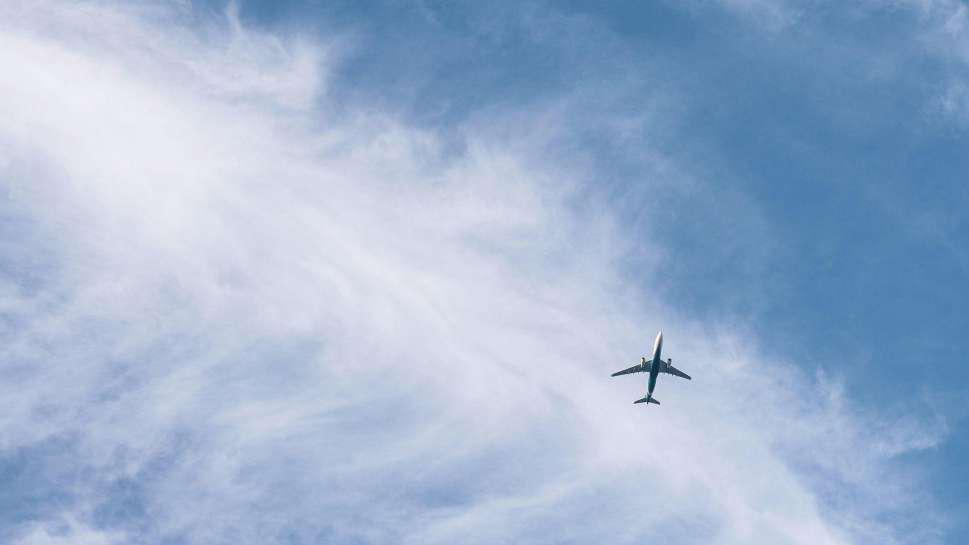
In response to the incident, Indonesian air transport authorities have issued a strong reprimand to Batik Air, emphasizing the airline’s responsibility to monitor and enforce adequate rest periods for its crew members.
This action reflects the authorities’ commitment to upholding safety standards and preventing recurrence of such incidents.
Importance of Batik Air’s Checklist
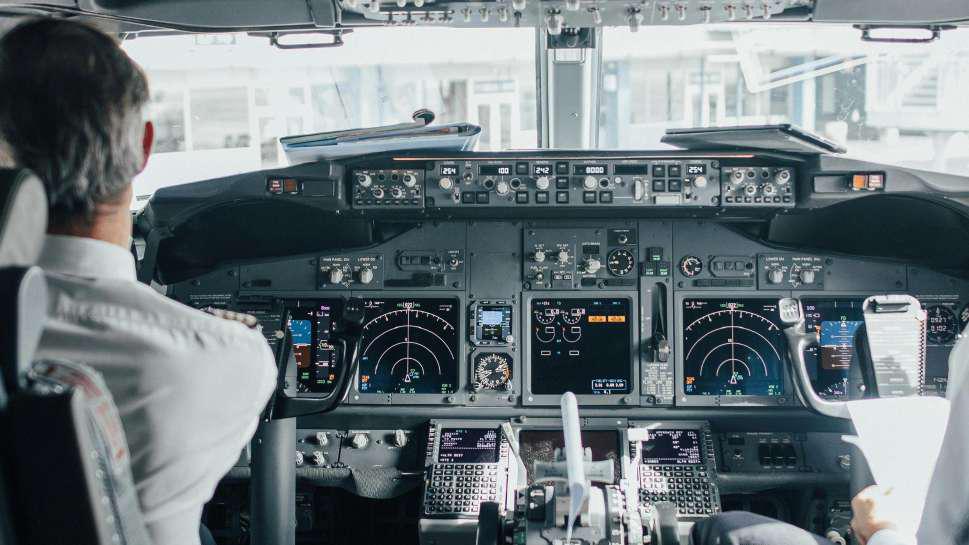
The Safety Board stressed the need for a comprehensive personal checklist for pilots, addressing potential risks related to illness, medication, stress, and fatigue.
The report reads: “Therefore, KNKT recommends Batik Air Indonesia to develop detailed guidance and procedure for ensuring that the IM SAFE personal checklist can be used to assess pilot physical and mental condition properly.”
Batik Air’s Response and Commitment to Safety
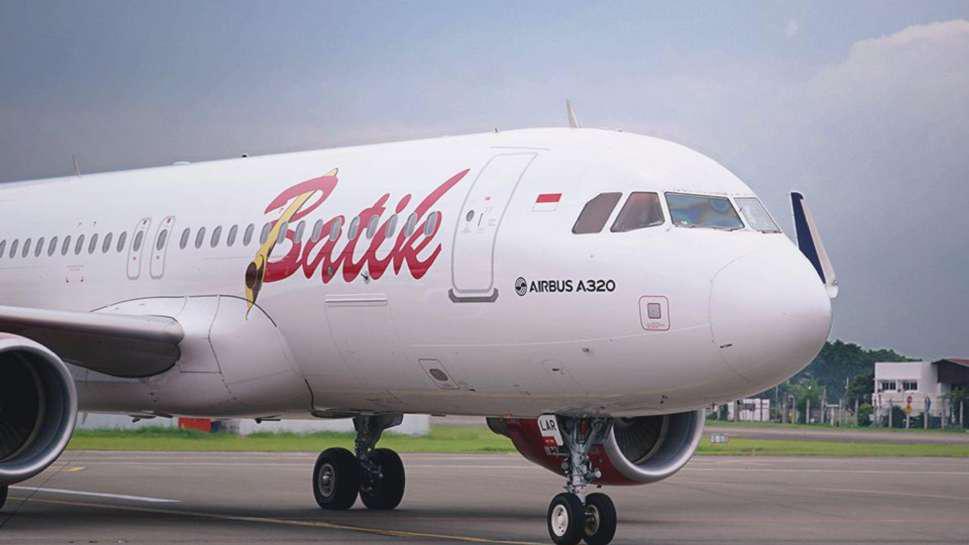
Following the incident, Batik Air has reiterated its commitment to safety, stating that it “operates with adequate rest policy,” and is dedicated to implementing all recommended safety measures.
The airline’s response is a vital step in rebuilding trust and ensuring the safety of its passengers and crew.
Global Implications for Aviation Safety
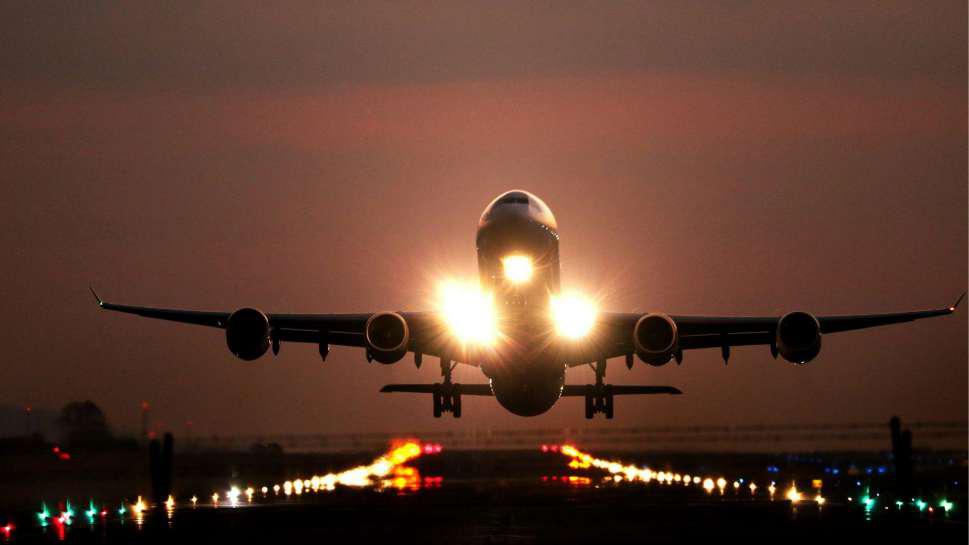
This incident serves as a cautionary tale for the aviation industry worldwide, drawing attention to the need for strict adherence to safety protocols and the importance of addressing pilot fatigue.
As airlines and regulatory bodies reflect on this event, the lessons learned will contribute to enhancing aviation safety standards globally.
